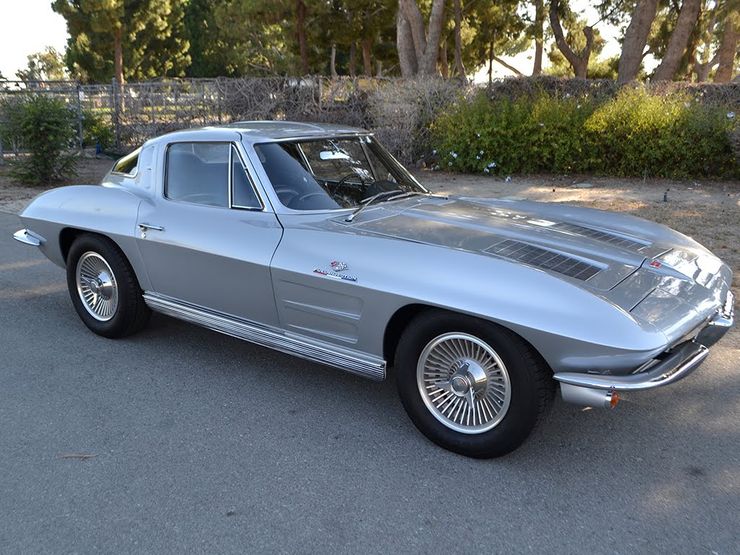While the names Zora Arkus-Duntov, Bill Mitchell, and Larry Shinoda are synonymous with all areas of Corvette design and development, that of the Corvette’s creator, Harley Earl, is seldom mentioned in the same breath. Perhaps this is due to the fact that Earl retired from General Motors while the Corvette was still in its infancy, or maybe this stems from the fact that later visionaries likely played a greater role in the true American sports car’s ultimate fate. Regardless, without Earl, there would be no Corvette.
A true master at his craft, Earl pioneered some GM’s most prestigious models throughout the first half of the prior century. His innate ability to quench the thirst of awaiting consumers was legendary, as was his equally ambitious drive. However, no such project satisfied Earl’s creative itch quite as aptly as that which pertained to his beloved sports car, the Corvette.
No Subscription? You’re missing out
Get immediate ad-free access to all our premium content.
Get Started



